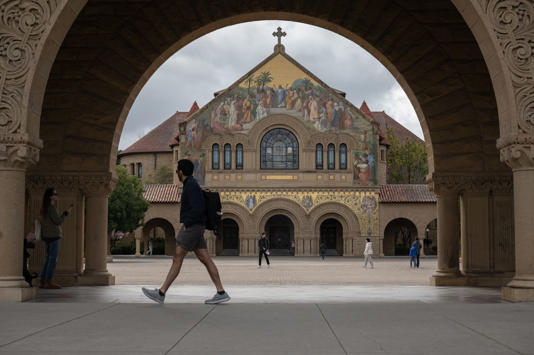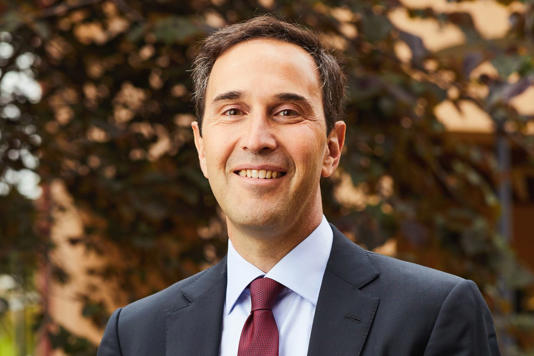Stanford University, one of the world’s premier educational institutions, has announced Jonathan Levin as its next president. With his appointment comes a pivotal moment for the university, as it navigates challenges in higher education and seeks to uphold its reputation for excellence. This article explores Jonathan Levin’s background, his vision for Stanford’s future, and the implications of his leadership for the university community and beyond.
Jonathan Levin: A Profile of the New President: At 51 years old, Jonathan Levin brings a wealth of academic and leadership experience to his new role as president of Stanford University. A distinguished economist and Stanford alum, Levin has served as the dean of the Stanford Graduate School of Business since 2016. His tenure at the business school has been marked by a commitment to innovation, interdisciplinary collaboration, and academic excellence.
Challenges and Opportunities Facing Stanford: As Levin assumes the presidency, he inherits a university facing a host of complex challenges. These include the ongoing debate over free speech on college campuses, questions about the role of universities in society, and the financial pressures of higher education. Additionally, Stanford must grapple with issues related to diversity, equity, and inclusion, as well as the evolving landscape of academic research and innovation.
Vision for the Future: In his new role, Levin has articulated a vision centered on fostering a culture of curiosity, inquiry, and debate at Stanford. He aims to expand the university’s educational reach, support emerging areas of research, and renew trust and goodwill both internally and externally. Levin’s leadership style emphasizes collaboration, transparency, and accountability, as he seeks to guide Stanford through a period of change and uncertainty.
Addressing Research Misconduct and Restoring Trust: Levin’s presidency comes in the wake of a research misconduct scandal involving his predecessor, Marc Tessier-Lavigne. As Stanford grapples with the fallout from the investigation, Levin is committed to upholding the highest standards of academic integrity and ensuring transparency in research practices. By addressing past mistakes head-on and implementing robust oversight mechanisms, Levin aims to restore trust and credibility within the university community.
Navigating Financial and Institutional Challenges: In addition to academic and ethical considerations, Levin must address pressing financial and institutional challenges facing Stanford. These include the need to adapt to changing student demographics, enhance affordability and accessibility, and maintain the university’s commitment to excellence in teaching and research. Moreover, Stanford faces uncertainty in the realm of college athletics, as it grapples with evolving regulations and shifting priorities.
As Jonathan Levin assumes the presidency of Stanford University, he embarks on a journey to shape the future of one of the world’s leading academic institutions. With his visionary leadership, academic expertise, and commitment to excellence, Levin has the opportunity to steer Stanford through a period of transformation and reaffirm its position as a global leader in education, research, and innovation. As the Stanford community looks ahead to the challenges and opportunities that lie ahead, Levin’s presidency holds the promise of a bright and dynamic future for the university and its stakeholders.


